Here is a selection of QSL cards that have arrived in the mail in the past couple of weeks for VK5MAZ and VK5PAS.








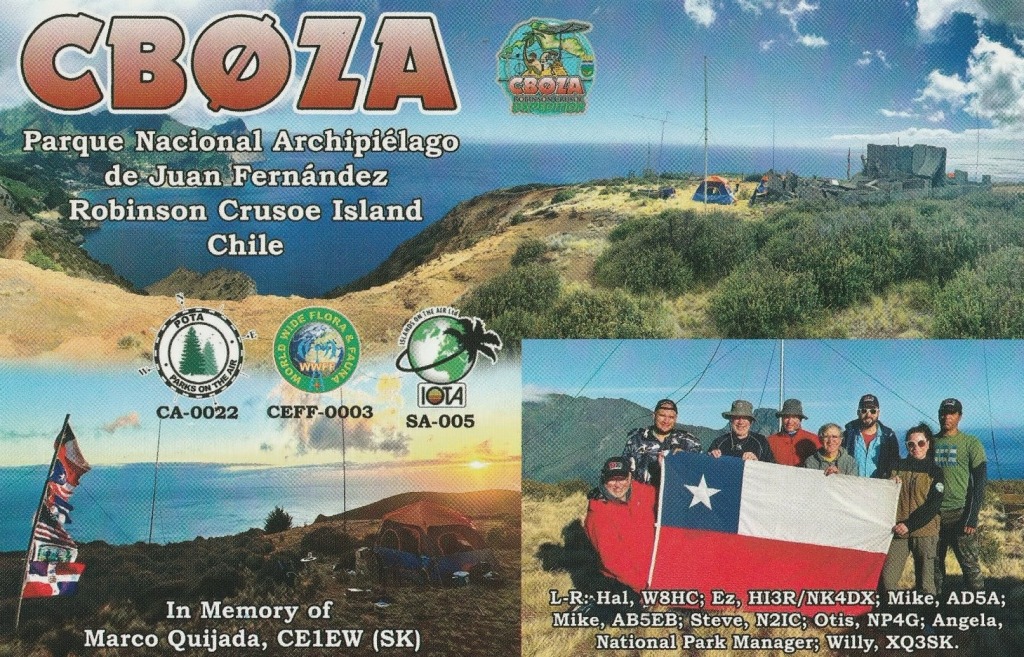
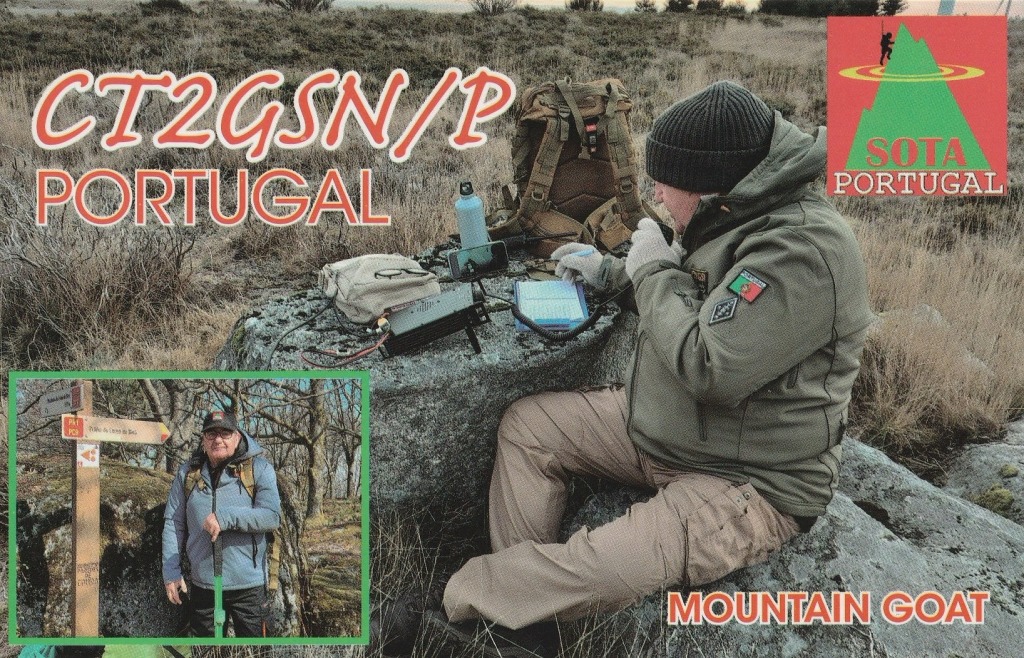



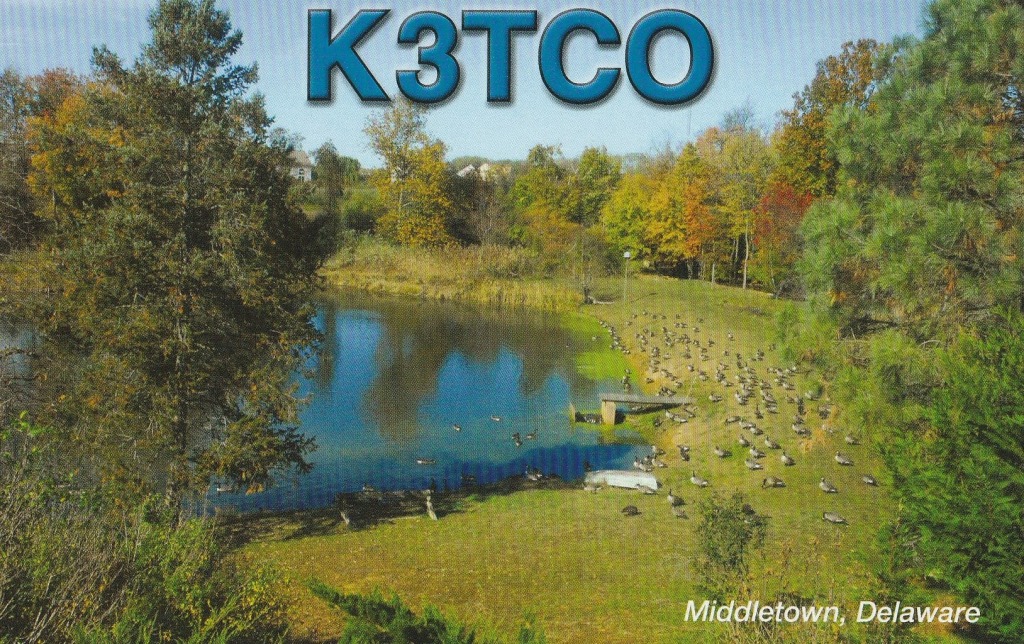



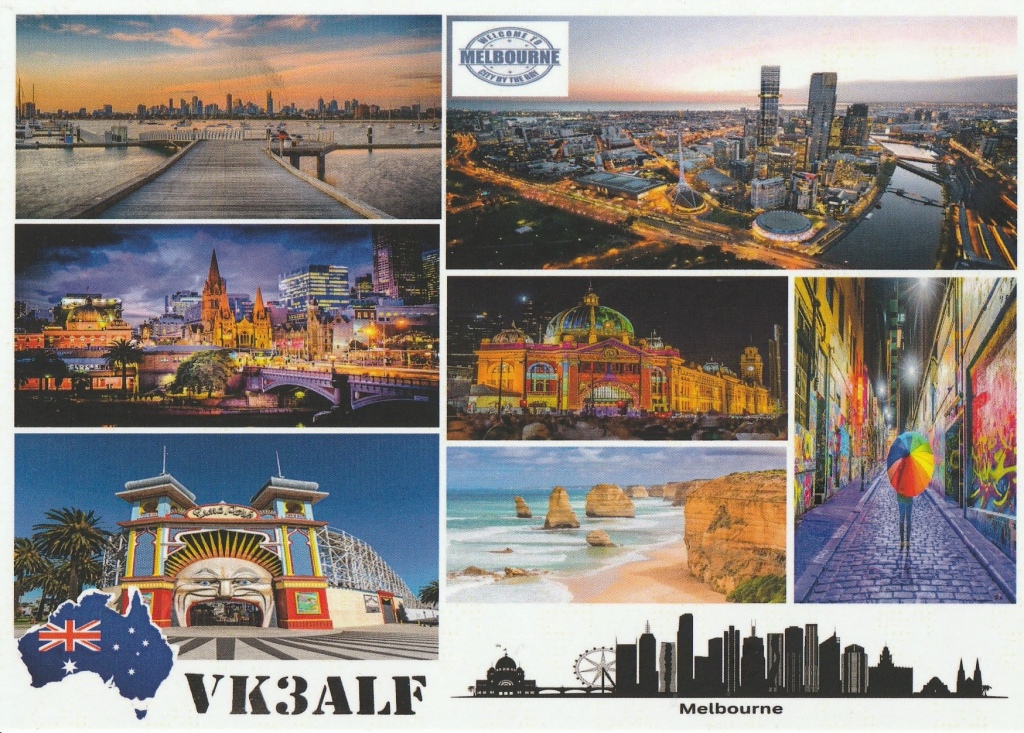




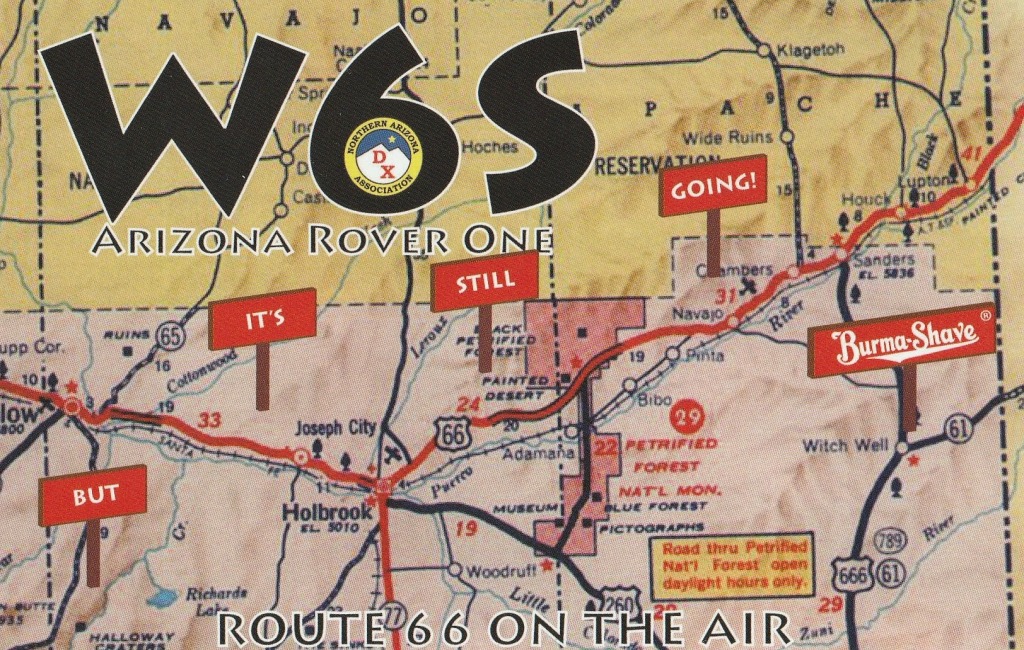

My next activation for Wednesday 10th April 2024 was the Redhill silo VK-RDL5 for the Silos On The Air (SiOTA) program. Redhill is about 178 km north of the city of Adelaide.
Above:- Map showing the location of Redhill, South Australia. Map c/o Google Maps.
Redhill was established in the late 1800s and was originally known as Redbanks but was changed due to the clash with Redbanks on the River Light. It was then known as Broughton. The town had a hotel, blacksmith, general store and other businesses. The town was officially renamed Red Hill in 1940, but it was known as Red Hills many years prior to this. (Cockburn 1984) (New Town Names 1940)
Above:- Article from The Advertiser, Fri 26 Jul 1940. Image c/o Trove.
Redhill came into existence following the opening of the northern areas of South Australia to farmers. It was initially little more than a ‘roadside stopping place.’ In 1875 Redhill was described as having only 20 houses, two machinist shops, a roomy hotel and a flour mill. By this time Redhill was the centre of traffic between Clare and Port Pirie. Travellers from Adelaide journeyed by rail to Saddleworth and then by coach to Clare, Koolunga, Redhill, Merriton and Port Pirie. (Redhill Railway Town 1925)
Early residents of Redhill included W.B. Wilkinson, G.F. Claridge, C.G. Adley, L.R. Wake, and G.F. Pearce.(Redhill Railway Town 1925)
George Frederick Claridge was born in 1852 in Oxfordshire, England. He emigrated as a child to Australia in 1854 and initially worked in a drapery shop and then his father’s general store at Auburn which prospered with branches opening at Redhill and Crystal Brook. He founded a branch of the District Trained Nursing Society and became involved in politics. He became Mayor of Port Pirie 1898-1899. He was a member of the Destitute Board and an active member of the Home for Incurables. He was a member of the Adelaide and Midland Licensing Benches and the Special Licensing Bench, the Adelaide Hospital advisory board; and the State Children’s Council. He died in 1931. (Death of Mr GF Claridge 1931)
Above:- George Frederick Claridge. Image co State Library South Australia.
Sir George Foster Pearce (G.F. Pearce), was born in 1870 at Mount Barker. During his early childhood he the family lived in various rural locations in South Australia, including Redhill where he was educated. Pearce went on to serve as a Senator for Western Australia from 1901 to 1938. Although he commenced his political life with the Labor Party, he later joined the National Labor Party, the Nationalist Party and the United Australia Party. He served as a cabinet minister under Prime Ministers from all four parties. (Aust Dict of Biography 2024) (Redhill Railway Town 1925)
Pearce died in 1952 in Victoria, aged 82 years. Several places are named in his honour including RAAF Base Pearce, the electoral Division of Pearce in Western Australia, Pearce Peak in Antarctica, and the Canberra suburb of Pearce. Australia’s longest-serving Prime Minister, Robert Menzies stated that he had “never sat with an abler man than George Pearce” in cabinet. (Biog Dict of Australian Senate 2024)
Above:- Sir George Foster Pearce. Image c/o Wikipedia.
William Birkinshaw Wilkinson, commonly referred to as W.B. Wilkinson, was born in 1854 in England, and emigrated to Australia in 1875. He was initially employed with the National Bank of Australasia, but soon after founded Davey and Wilkinson auctioneers of Redhill with John Francis Davey. Wilkinson then became Senior partner in a firm Wilkinson, Harrison & Porter. Wilkinson often travelled overseas and founded the Australasian Club in London. He subsequently commenced a real estate business Wilkinson, Sando & Wyles Ltd. Wilkinson was elected a Fellow of the Royal Geographical Society. He was a councillor for Robe Ward in the Adelaide City Council, President of the General Employers Union, President and founder of the Licensed Land Brokers and Auctioneer’ Association, President and a founder of the North Adelaide branch of the Liberal Union, member of the Board of Governors of the Public Library, Museum, and Art Gallery, chairman and trustee of the Kindergarten Union, member of the executive and past chairman of St. John Ambulance Association, founder, past President, and member of the executive of the Commonwealth Club of Adelaide, member of the executive and honorary treasurer of the Queen’s Home, founder and member of the executive of the Town Planning Association, President of the North Adelaide circle of the Australian Division (men’s section) of the British Red Cross Society and President of the Men’s Tobacco Auxiliary (South Australian division) of the Australian Comforts Fund. Wilkinson died at his home in North Adelaide in 1927. (Prominent Businessman 1927)
Above:- W.B. Wilkinson. Image c/o Wikipedia.
The main highway bypasses Redhill. The town is located adjacent to the Broughton River which flows about 110 km from south of Spalding to the Spencer Gulf.
The Broughton River was named by explored Edward John Eyre (b. 1815. d. 1901) in May 1839 in honour of the Right Rev. William Grant Broughton, the first and only Bishop of Australia of the Church of England. (Cockburn 1984)
Above:- William Grant Broughton. Image c/o Wikipedia.
On the edge of the highway is a sculpture of a pioneer farmer and his horse working the land. It is a tribute to those who settled in the Redhill district.
As you enter the town there is a monument dedicated to the pioneers of Redhill and commemorating the 150 year celebrations 1869-2019.
Redhill contains several historic buildings.




The corner store and post office can be located in Bowman Street.
The Redhill Institute Soldiers Memorial Hall can be found in Barr Street. The foundation stone was laid on the 24th day of September 1919.
Sadly the town’s hotel, the Eureka Hotel is now closed. The first hotel, a single-storey building g opened in 1874 but closed in 1899. The impressive two-storey Eureka Hotel opened in 1878.
Mr. W.J. Reynolds built the hotel. (Redhill Railway Town 1925)
Above:- the Eureka Hotel, Redhill. Image c/o State Library South Australia.
The former St. Andrews Church of England was built in 1881 and was designed by Red Hill Bank Manager William Kingsnorth Mallyon. He had no formal training in architecture, draughtsmanship or building. Mallyson went on to design several churches, predominantly for the Diocese of Willochra. (State Library 2024)
The former Methodist church is located in Ellis Street.
The old Redhill Council Chambers built in 1898 now serve as a museum. The school bell from the old Redhill Primary School can be found outside the museum.


The broad gauge railway from Adelaide reached Redhill in 1925. In 1969 the standard gauge line was built. Below are some photos of the old platform, the most recent railway station, and the old crane.


When the railway was opened in 1925, The Mail Adelaide newspaper reported:-
“Situated as it is in the centre of the richest wheat growing area in South Australia, Redhill despite the lack of railway facilities has always been a prosperous and thriving township. Today, with a population of 250, and 64 houses, it has three fine churches, two banks, a hotel, a school, an institute, and a post office…” (Redhill Railway Town 1925)
Below is the article in full. It makes for some very interesting reading.


A monument can be found in the town to commemorate the opening of the first bridge over the River Broughton at Redhill. It was built in October 1876 of wooden construction.


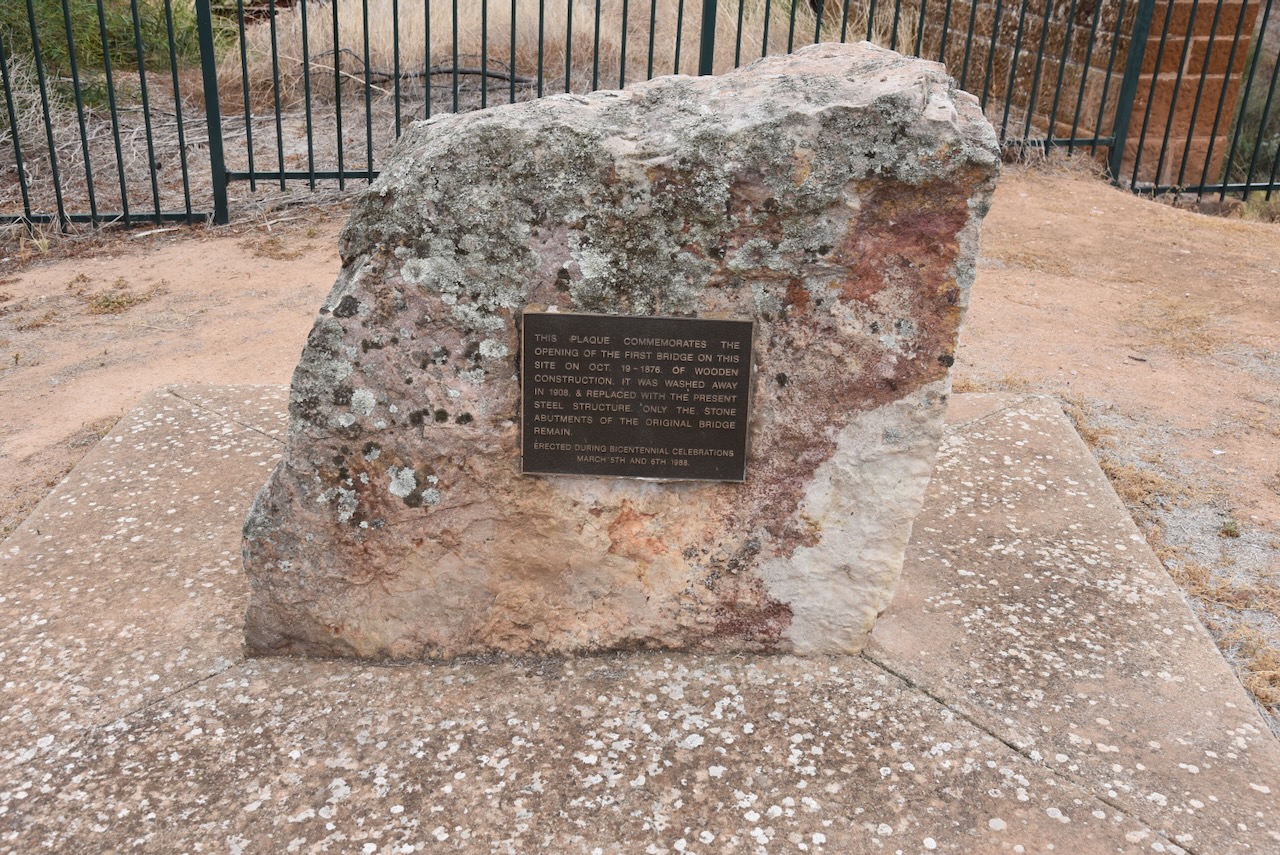



In 1909 the original bridge was washed away and replaced with the present steel structure. Only the stone abutments of the original bridge remain.
Above:- Article from The Express and Telegraph, Adelaide, Fri 30 Jul 1909. Image c/o Trove
The silos at Redhill are located on the southern side of the town, alongside the railway line.


I parked on Hydon Road and operated from the 4WD for this activation. I ran the Icom IC-7000, 100 watts, and the Codan 9350 antenna with the 1.5 metre stainless steel whip.
Above:- The activation zone at the Redhill silos. Image c/op SiOTA website.
I worked the following stations on 40m SSB:-
I worked the following stations on 20m SSB:-
References.
Amateur Radio, Short Wave Listening, travel and history
Amateur radio experiences with VK1DA
Brisbane - Australia
german amateur radio station
Summits On The Air
SOTA on the peaks, wilderness QRP and some bushwalking
A fine WordPress.com site
Amateur Radio Adventures
Summits on the Ai
Amateur radio station from Belgium
Radio craft, homebrew, QRP/SOTA, AM
Ego loqui ad viros super montes
My adventures with Amateur Radio and Geocaching!
The rantings of VK2GAZ on his SOTA experiences in Australia
A survivor, with minor cuts and abrasions.
The Art and Craft of Blogging
The latest news on WordPress.com and the WordPress community.
Blog of Justin Giles-Clark VK7TW's SOTA and amateur radio adventures.
Occasional SOTA & Microwave operation